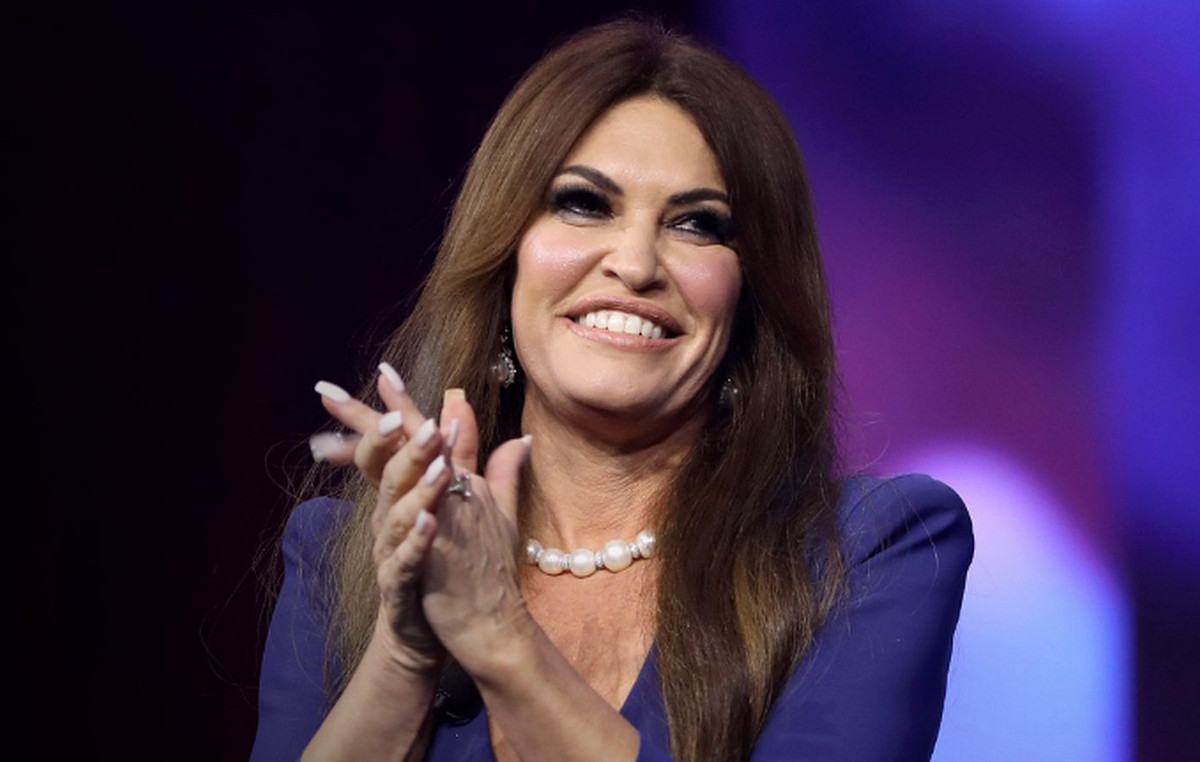O dollar rose 0.47%, quoted at R$5.415, around 9:20 am this Wednesday (6), favored by an increase in risk aversion around the world as bets on a widespread economic recession gain traction among investors, encouraging migration to assets considered safer.
The market’s focus in this session is the release of the minutes of the last meeting of the Open Market Committee (FOMC) of the Federal Reserve , referring to the last interest rate meeting. In it, the central bank of the United States raised interest rates by 0.75 percentage point for the first time since 1994 to fight inflation.
The expectation is that the text will bring more signals about the next steps in the cycle of high interest rates in the country, which has global repercussions by making the dollar more attractive for investments and has reinforced risk aversion due to the possibility of leading to a recession in the largest economy in the world.
In addition, the announcement of new lockdowns in China to fight a new outbreak of Covid-19 reinforces risk aversion. The move should slow down the Chinese economy, which is why it also has repercussions for the markets.
In the domestic sphere, the market remains attentive to the processing of the Benefits PEC , passed in the Senate and which is now being analyzed in the Chamber. The text created a fiscal risk, as it has estimated expenditures of around R$ 41 billion and foresees declaring a state of emergency to justify out-of-ceiling expenses and expand social benefits.
The measure was not well received by investors, and leads to a withdrawal of investments due to the possibility of uncontrolled spending.
On Tuesday (5), the dollar closed up 1.21%, quoted at R$ 5.389. already the Ibovespa fell 0.32%, to 98,294.64 points.
overall feeling
Investors still maintain a strong global risk aversion triggered by fears about a possible general economic slowdown due to a series of interest rate hikes around the world to contain record levels of inflation, which would harm many types of investments.
The main cause for this aversion is the cycle of high interest rates in United States with the most recent increase announced by the Federal Reserve on May 4th. The autarchy has already ruled out 0.75 percentage point hikes in interest rates, or a risk of taking the country’s economy into recession, but signaled at least two more 0.5 pp hikes.
Higher interest rates in the United States attract investments to the country’s fixed income due to its high security and favor the dollar, but harm bond markets and stock exchanges around the world, including the US.
At the same time, the market follows the data on the country’s economy to understand how aggressive the Fed could be in the process.
THE confirmation of the contraction of the US economy in the first quarter, for example, reinforced the view that the autarchy should not be as aggressive in raising interest rates as expected. already the may inflation signaled a more negative picture, reinforcing higher terminal interest bets.
On the other hand, with the end of lockdown in the city chinese from Shanghai and easing restrictions in the capital Beijing, Chinese demand was expected to return to previous levels, which once again favored commodity exporters and relieved some of the pressure on the real, but new restrictions were announced, reversing the scenario.
The Ibovespa and the real found room for appreciation between the end of May and the beginning of June, but the combination of a worse domestic scenario, with the return of a fiscal risk, and the perspective abroad of strong monetary tightening once again harmed the Brazilian market.
Test your knowledge about the Ibovespa
Let’s start with an easy one: what is the Ibovespa?
Who is responsible for calculating the Ibovespa?
What types of assets are eligible to be listed on the Ibovespa?
Which of these is NOT a criterion for a stock to enter the Ibovespa
How many shares are currently in the theoretical portfolio of Ibovespa?
How often is the Ibovespa theoretical portfolio reviewed?
What is the most important stock on the Ibovespa?
What is the smallest share on the Ibovespa?
Each Ibovespa point is equivalent to 1 real. This statement is
What is the historical record for closing the Ibovespa?
Try again!
Tip: follow CNN Business to understand more about Ibovespa
Nice job!
You know a lot about the Ibovespa, but you could know a little more
Sensational!
Congratulations! Are you an Ibovespa expert?
*With information from Reuters
Source: CNN Brasil
I am Sophia william, author of World Stock Market. I have a degree in journalism from the University of Missouri and I have worked as a reporter for several news websites. I have a passion for writing and informing people about the latest news and events happening in the world. I strive to be accurate and unbiased in my reporting, and I hope to provide readers with valuable information that they can use to make informed decisions.







